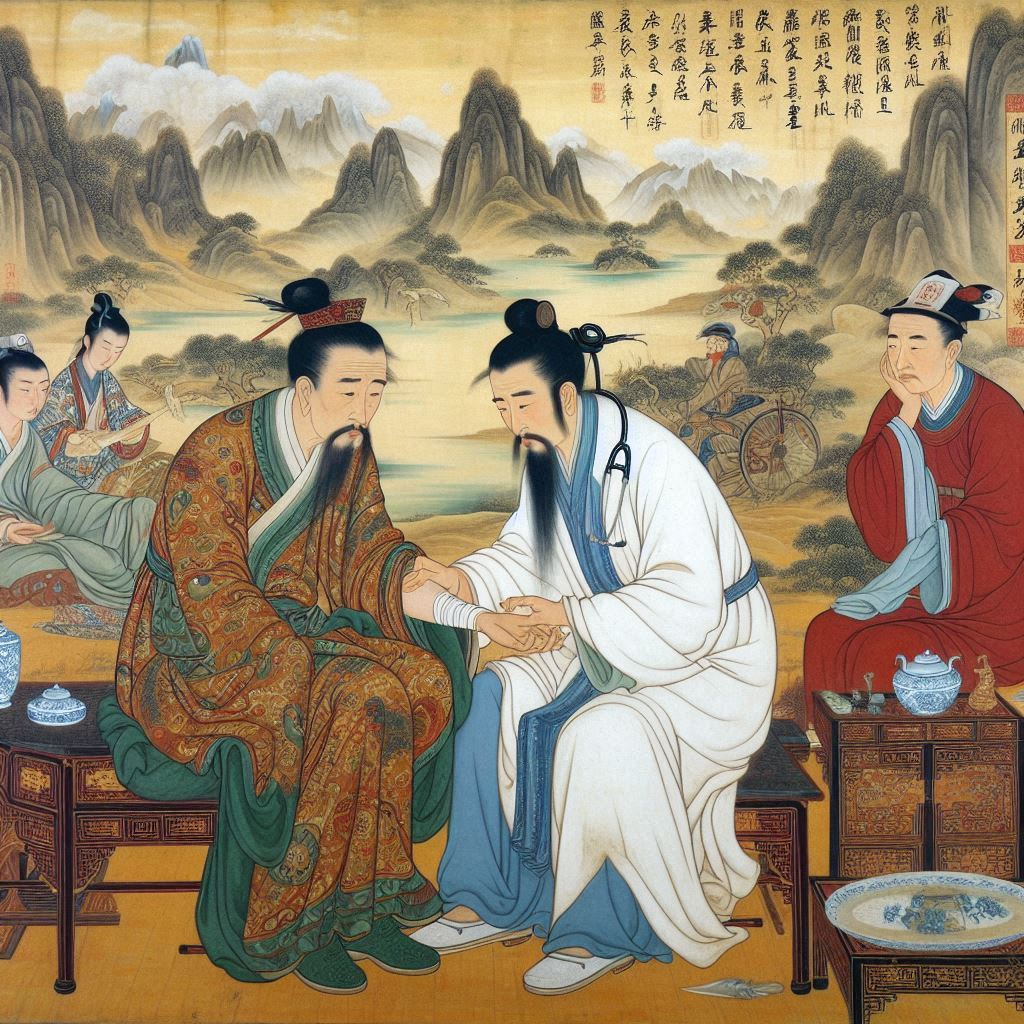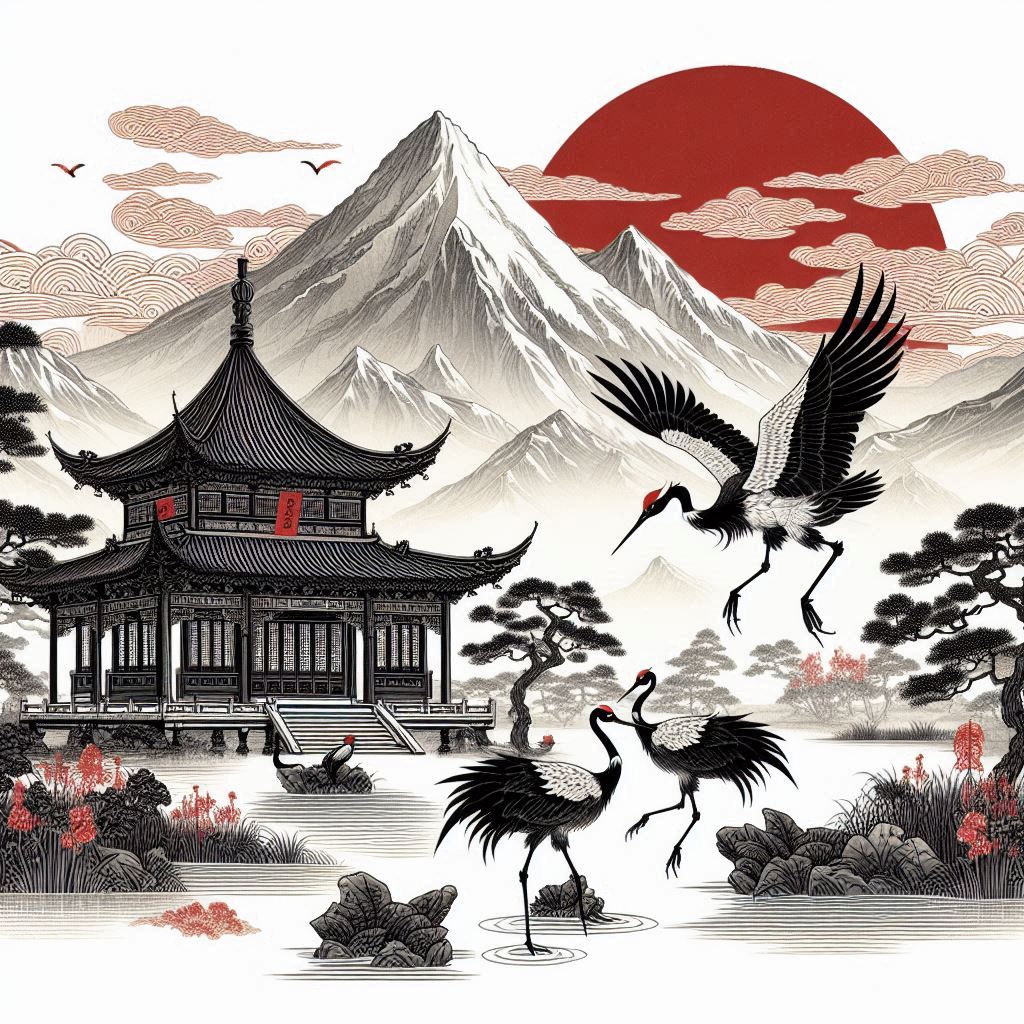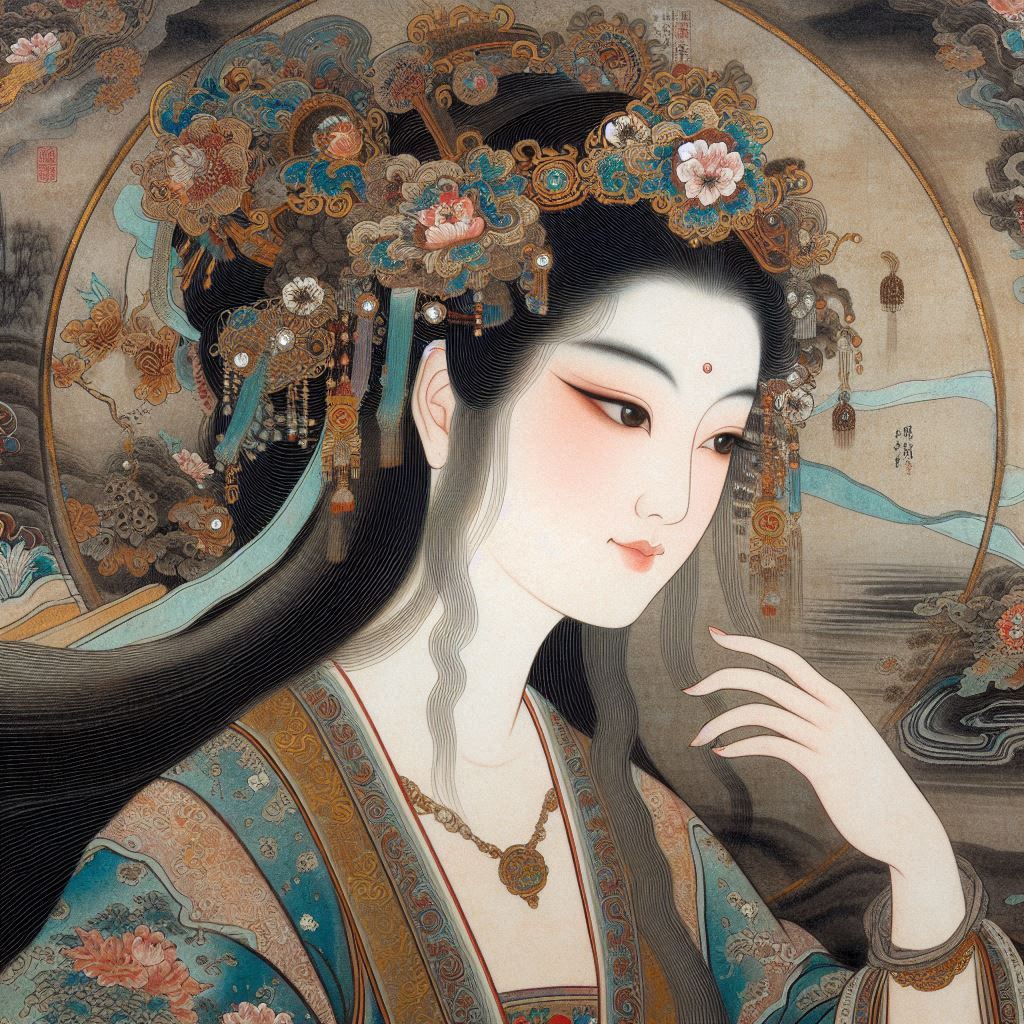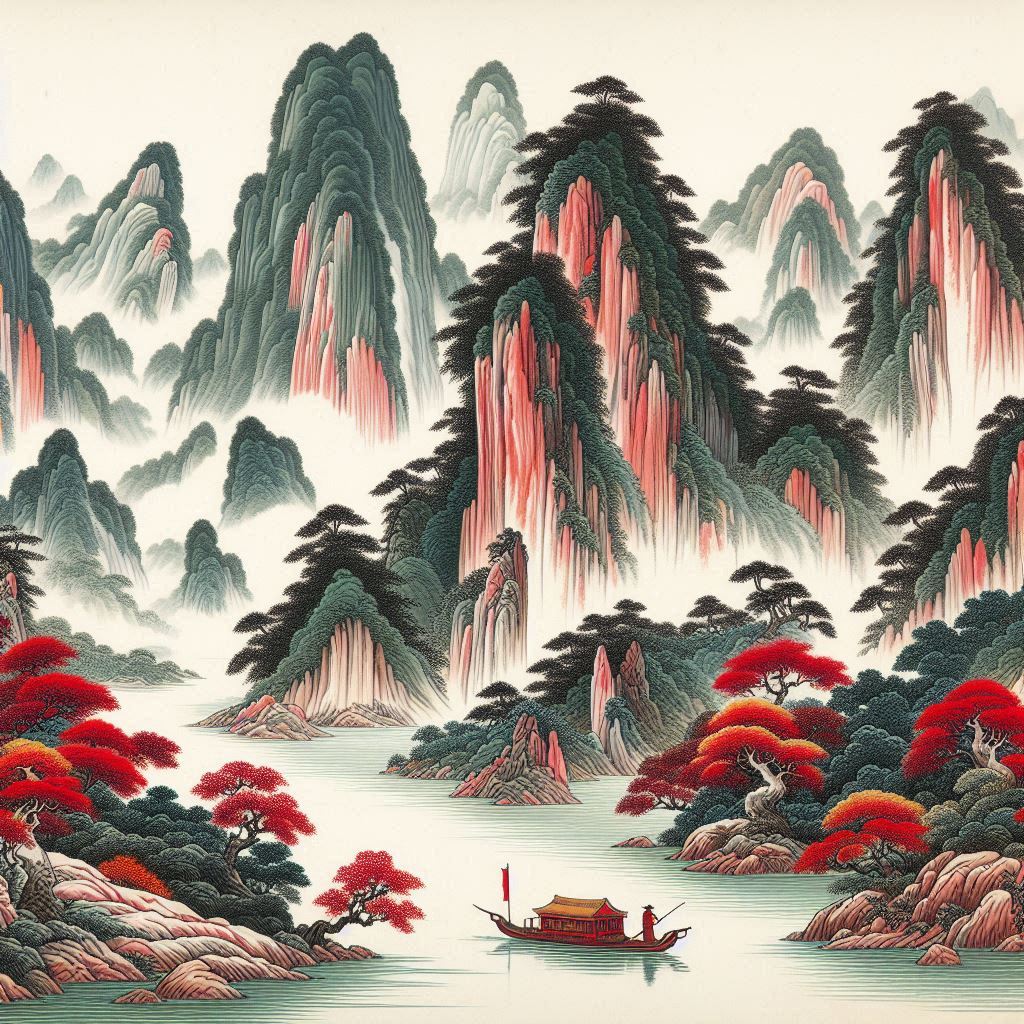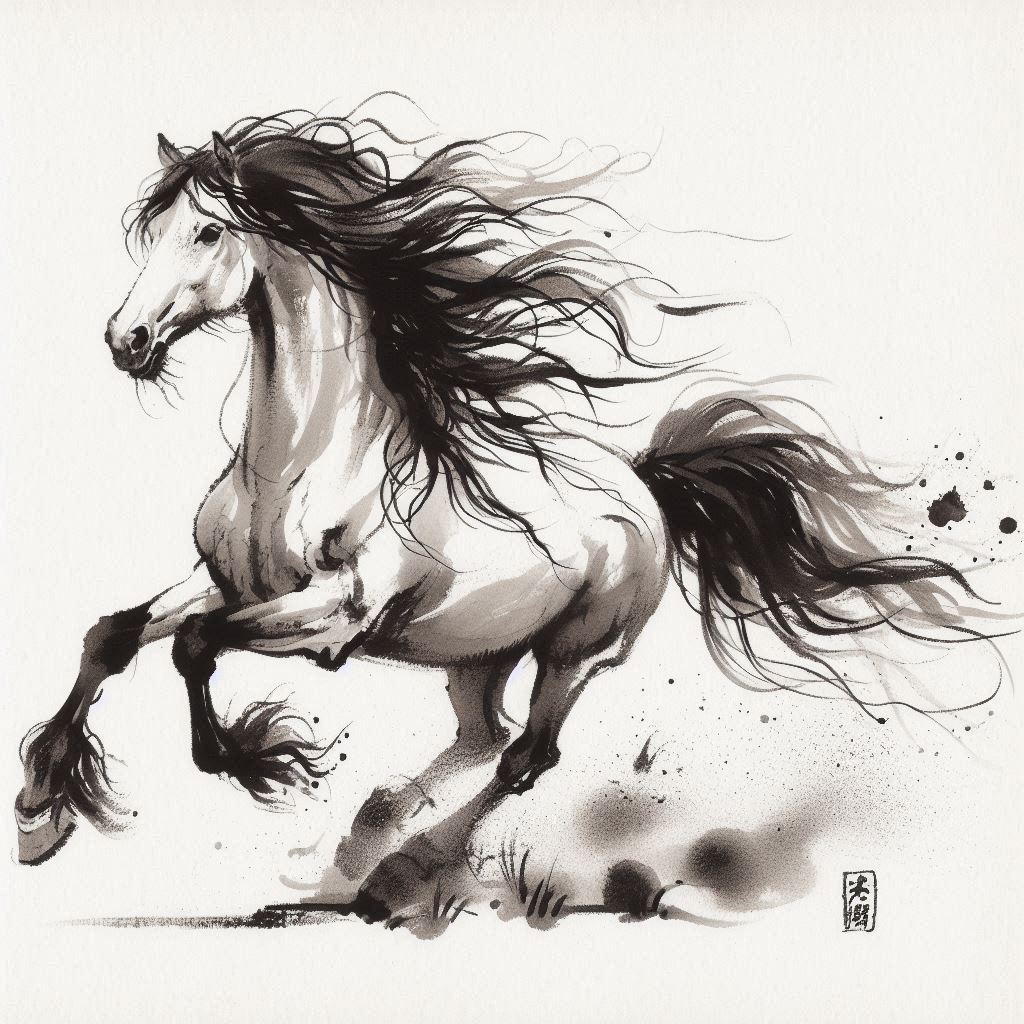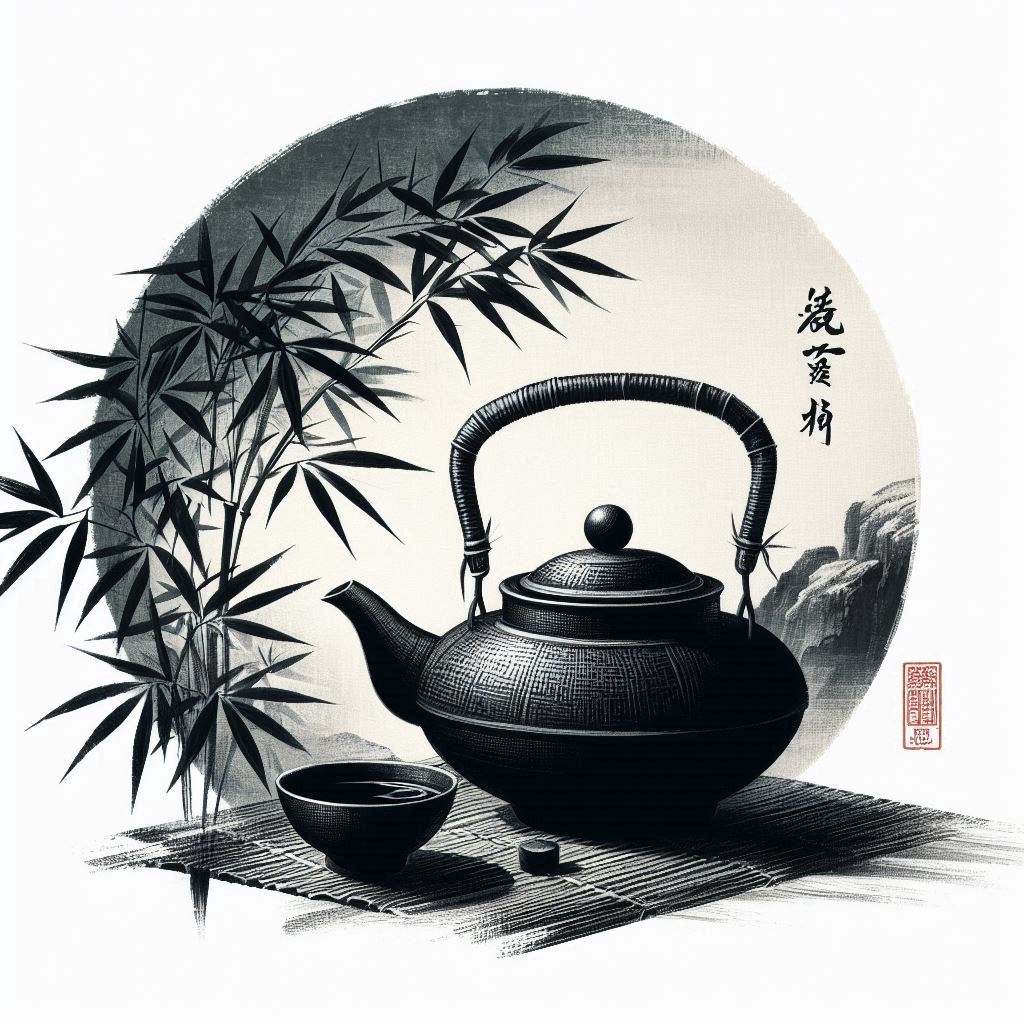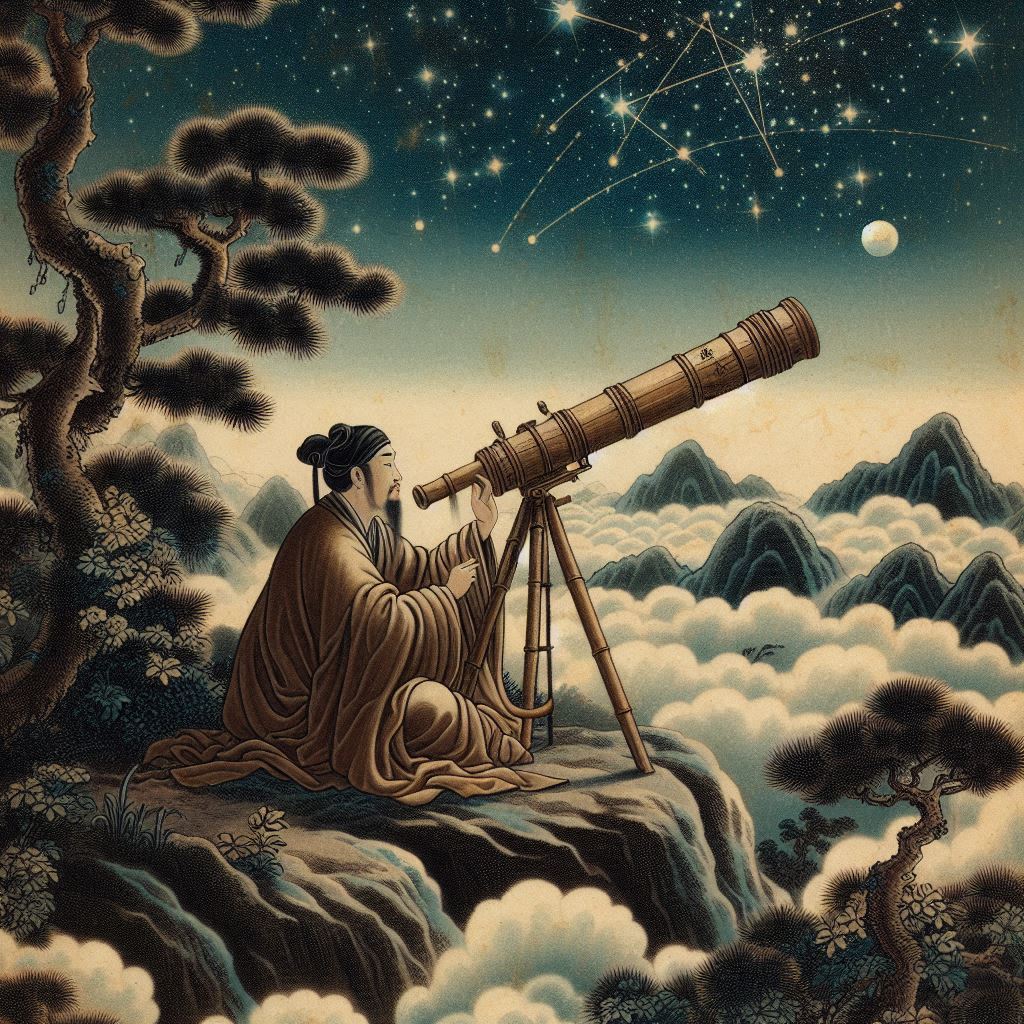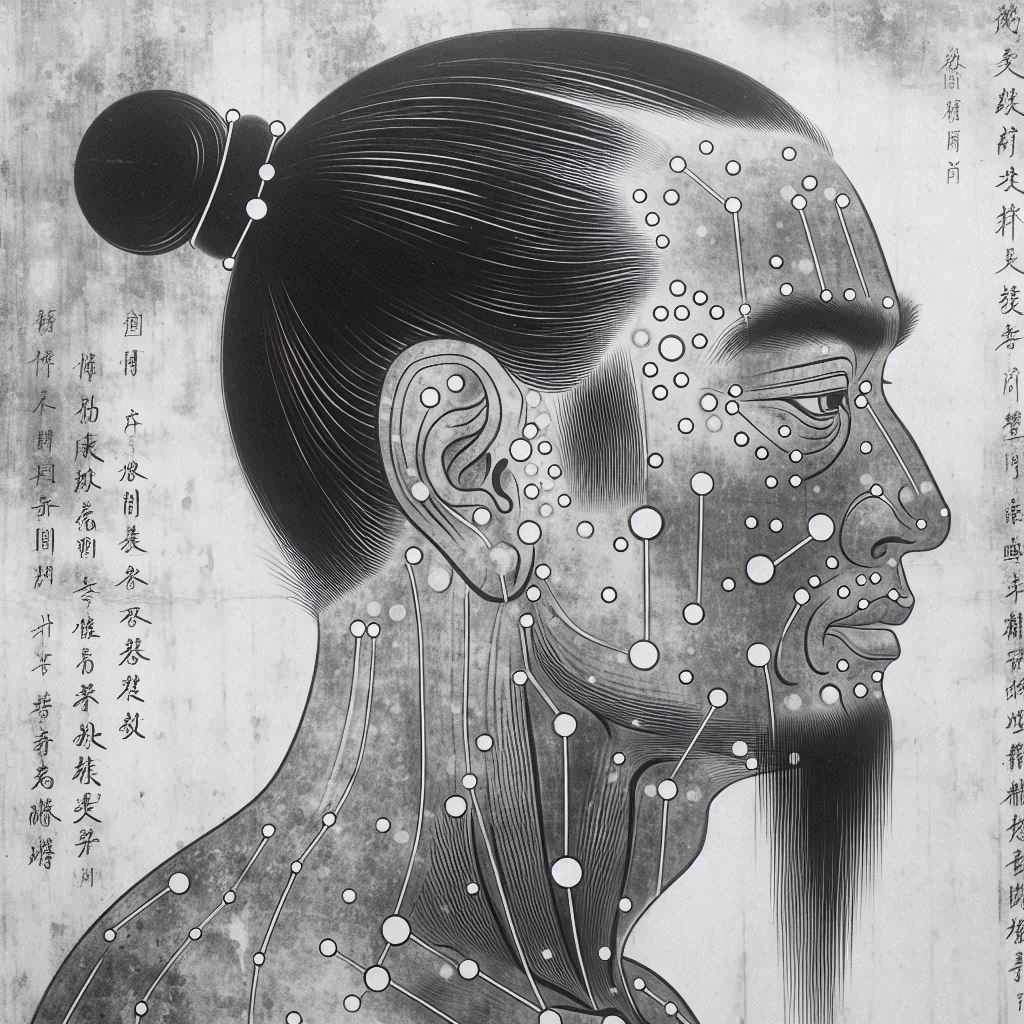Introduction to the disharmony
Major symptoms:
- feeling of heaviness in the body
- bloated abdomen
- loose stool
- lack of appetite
- edema
- swelling
- cloudy head
- cloudy urine
- thick, greasy tongue coating
There are two causes that lead to the generation of “dampness”. The first cause is deficiency of Spleen Qi.
In traditional Chinese medicine the Spleen together with the Lung and the Kidneys governs the body water metabolism. It is in charge of the separation, transportation, and movement of fluids. If the Qi of the Spleen is deficient it cannot sufficiently transport fluids. Eventually this will lead to accumulation of “internal dampness”(1).
The other cause for generation of "dampness in the Spleen" is living in a damp environment(2)(3).
Dampness is heavy and turbid in nature. Thus symptoms of "internal dampness" manifest in feeling of heaviness in the body(2)(3)(4), cloudy head and cloudy urine, as well as difficult urination. As “dampness” is accumulation, symptoms of dampness are edema and swelling. Other symptoms include bloated abdomen, loose stools and lack of appetite(2)(3)(4) (major symptoms of deficient Spleen which in TCM is also responsible for the transformation and transportation of "food essece").
Dampness is leached out of the body through increasing the urination. Thus substances that treat dampness are usually diuretics(5).
Major Chinese herbs
Two seeds used for the treatment of internal dampness are Yi Yi Ren (Coix lachrima jobi) and Dong Gua Ren (Benisaca hispida). Yi Yi Ren known as "seeds of Job’s tears" promotes urination and stops diarrhea. Dong Gua Ren - winter melon seed - promotes the discharge of pus(5).

Zhu Ling (Polyporus umbellatus) is a mushroom that enters the Spleen, Kidney, and Urinary Bladder channels and treats edema. Fu Ling (Poria cocos) – china-root – is a famous diuretic in Chinese medicine which is also a Spleen tonic. Another major action of Fu Ling is that it calms the spirit through strengthening the Heart (in TCM the Heart "houses the mind"). It is used for symptoms such as heart palpitations, insomnia, and mental restlessness(5). Yin Chen Hao (Artemisia capillaris) – clears obstruction from the Liver and Gallbladder and is a main herb in the treatment of jaundice. It is also indicated for jaundice-infectious hepatitis. Jin Qian Cao (Lysimachia christinae) – is an herb that expels stones in the urinary and biliary tracts. Che Qian Zi (Plantago asiatica) treats painful and difficult urination(5)(6).
Healing Foods
To unlock the rest of this article select "Yes, I want to learn!" below.
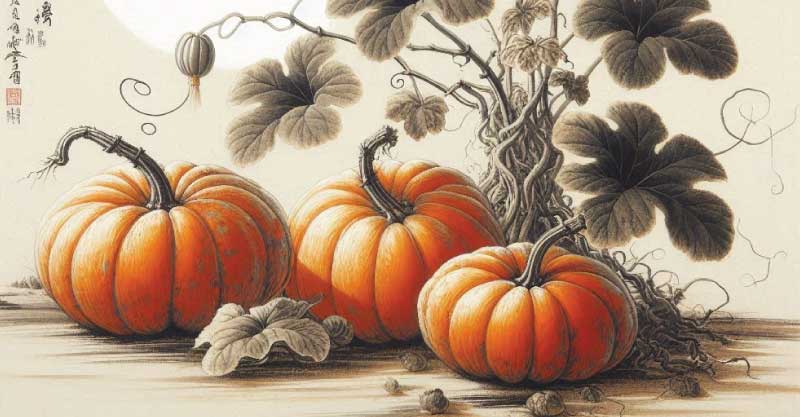
Food therapy is the most economical and non-toxic biochemical approach to health and disease. Food is something we continuously use to sustain our lives. Learning what foods are healing (and what disruptive) for each condition has the potential to convert every meal into a form of therapy.
YS
(1) Zhang, Enqin (1990). Basic Theory of Traditional Chinese Medicine. Shanghai: Publishing House of Shanghai College of Traditional Chinese MedicinePitchford, Paul (2002). Healing with Whole Foods. Berkeley: North Atlantic Books
(2) Deng Liangye, Gan Yijun, He Shuhui, Ji Xiaoping, Li Yang, Wang Rufen, Wang Wenjing, Wang Xuetai, Xu Hengze, Xue Xuiling, Yuan Jiuling (1987). Chinese Acupuncture and Moxibustion. China: Foreign Languages Press
(3) Maciocia, Giovanni (1989). The Foundations of Chinese Medicine. Edinburgh: Harcourt Publishers Limited
(4) Yang Weiyi, Meng Fanyi, Jiang Yuanan(2002). Diagnostics of Traditional Chinese Medicine. Beijing: Beijing University of Chinese Medicine and Pharmacology
(5) Benski, Dan & Gamble, Andrew (1993). Materia Medica, Revised Edition. Seatle: Eastland Press, Incorporated
(6) Lu, Henry (2005). Chinese Natural Cures. New York: Black Dog & Leventhal Publishers, Inc.
(7) Pitchford, Paul (2002). Healing with Whole Foods. Berkeley: North Atlantic Books
(8) Holmes, Peter (1998). The Energetics of Western Herbs. Boulder: Snow Lotus Press, Inc.
Related Articles:
Herbs That Clear Heat and Dry Dampness
Herbs That Dispel Wind-Dampness
How The Climatic Factor Damp Affects Health
Dampness in the Urinary Bladder
Damp-Heat in the Large Intestine
Note: This site and its services are to consumer educational use only. Nothing contained in this site is or should be considered, or used as a substitute for medical advice, diagnosis or treatment. We advise users to always seek the advice of a physician or other qualified professional with any questions regarding personal health and medical condition. Please read our Disclaimer

